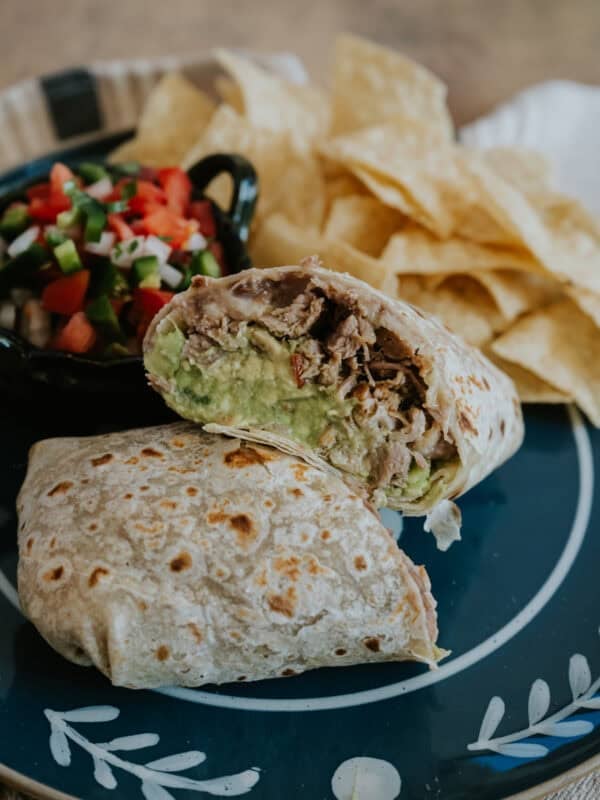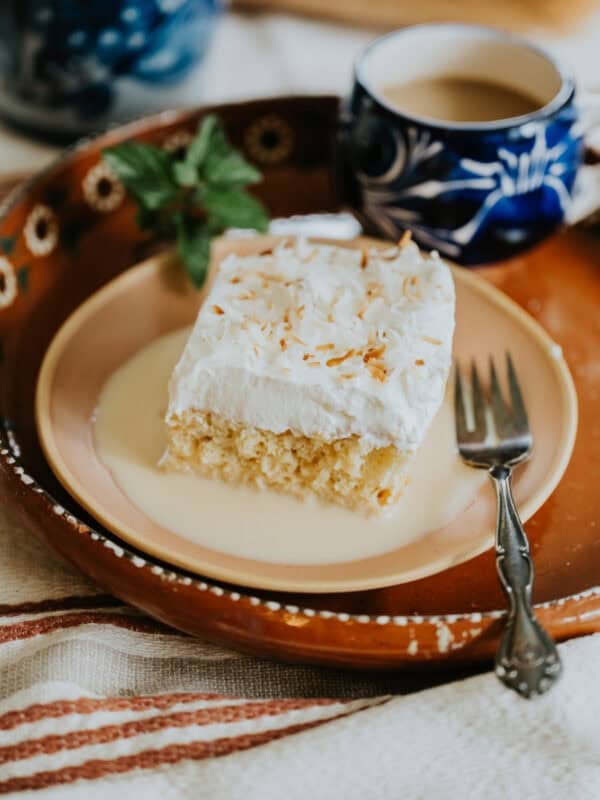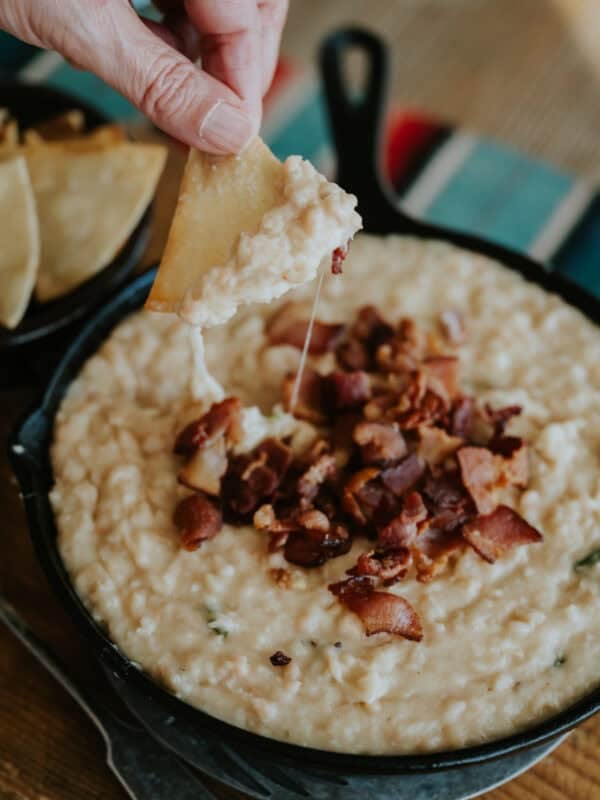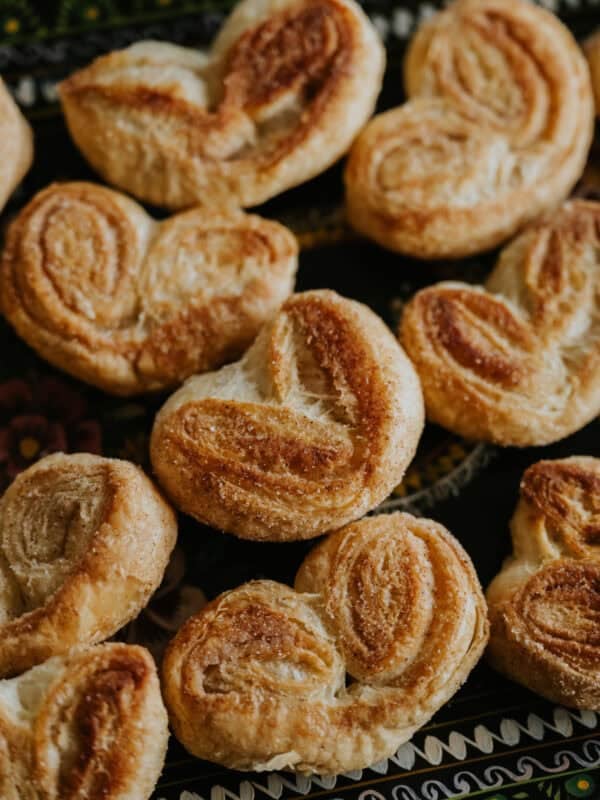The Inside Scoop on Pepitas — What They Are & How They’re Used
0
Updated Apr 16, 2024, Published Feb 03, 2024
This post may contain affiliate links. Please read our disclosure policy.
If you’ve ever wondered “What are pepitas? Is that just another name for pumpkin seeds?”— you’re in the right place! Today we’re doing a deep dive into these little powerhouses. By the end of this post, you’ll have the full scoop on what they are, why they’re awesome, and, most importantly, how to put them to use!
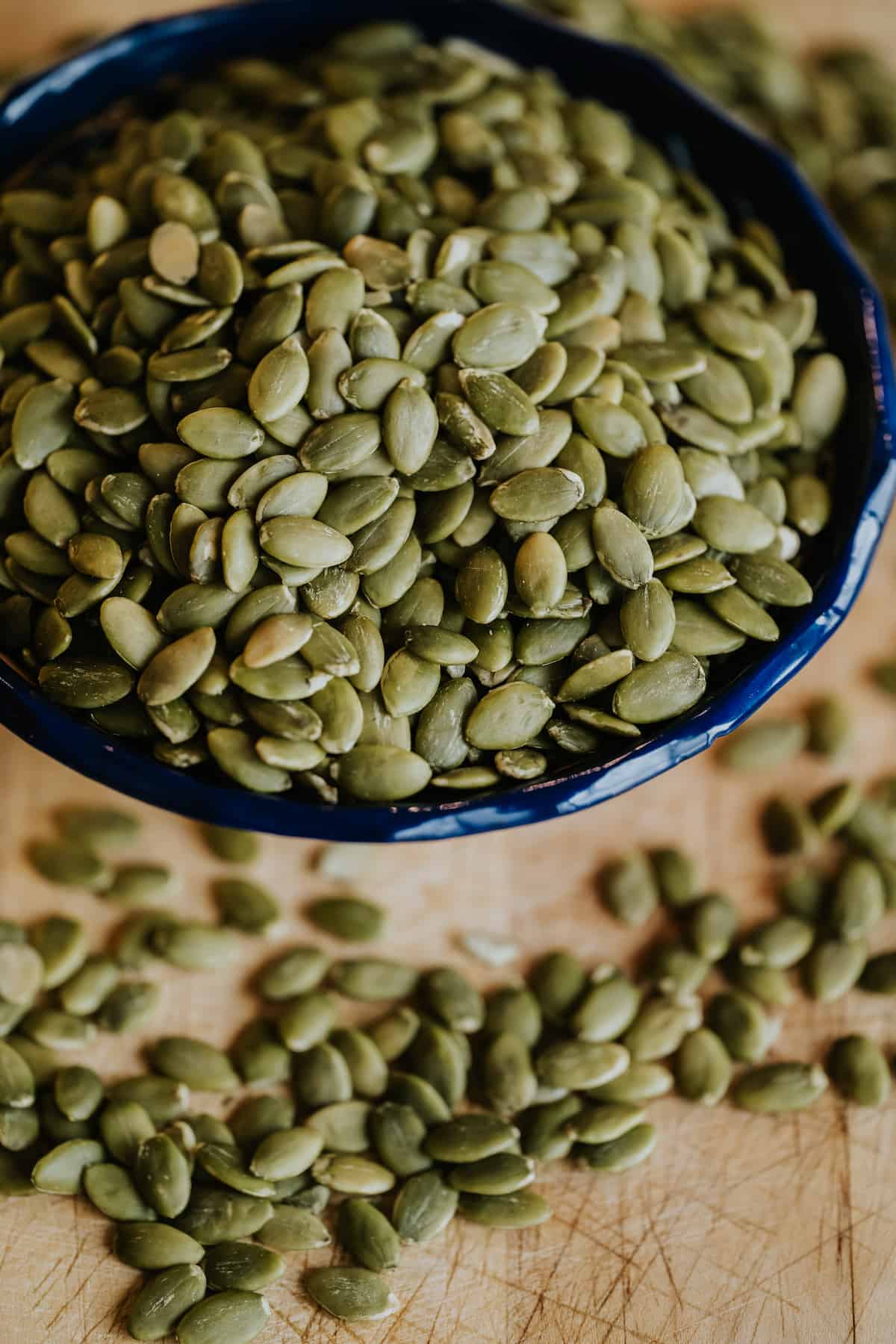
What are Pepitas?
Pepitas, which translates to “little seeds of squash” are a delectable seed that is frequently used in Latin American cuisine. So, are pepitas pumpkin seeds? Yes, but the answer is a little more complicated than that. The first thing you should know is that while many people use the terms interchangeably, they aren’t technically correct in doing so.
Much like all squares are rectangles but not all rectangles are squares, pepitas are a particular variety of pumpkin seeds that don’t require shelling. While all pepitas are pumpkin seeds, not all pumpkin seeds are pepitas. Make sense?
Where do Pepitas Come From?
Pepita seeds come from a particular cultivar of hull-less pumpkins that are known as either oil seed pumpkins or Styrian pumpkins. I’ve also heard them referred to as pepitas pumpkins and naked-seeded pumpkins.
If you’re looking to grow your own pumpkins for pepitas, there are more specific strains like Lady Godiva, Triple Treat, or Naked Bear, so find some that work well in your growing zone. They take about 90 days to mature on the vine, and the flesh is also edible — perfect for making calabaza en tacha or homemade pumpkin purée!
Pepitas vs. Pumpkin Seeds
It’s important to recognize that although pepitas are pumpkin seeds, not all pumpkin seeds qualify as pepitas.
The first thing you’ll notice when you crack open an oil seed pumpkin is that, unlike other pumpkins that have wide, flat, white-hulled seeds, the raw pepitas are already unhulled (though some do have a thin, papery skin) and have a green hue.
If you were to taste them side by side, you’d also notice that pepitas are meatier, more tender, and have a mildly sweet flavor compared to conventional pumpkin seeds.
Where to Buy Pepitas
While pepitas were more of a “specialty food” back in the day, I’ve found that most conventional grocery stores carry either raw or roasted and salted pepitas (or both!) near the other nuts and seeds. You’ll have no problem finding them at Hispanic grocers, and they’re also readily available online: (salted and roasted) and (raw unsalted).
Part of what makes pepitas taste so good is that they’re loaded with (heart-healthy) oils. As such, they’ll tend to go rancid a bit quicker than other seed varieties.
How Long do Pepitas Last?
If you’re buying them from the store, once opened, they’ll keep well at room temperature in a sealed container away from light for up to 3 months. They can also be refrigerated for up to 6 months. If you’re doing the work of drying, salt water-soaking, and dehydrating them yourself, I think it’s fair to add about a month of shelf-life.

How to Use Pepitas
They might not look very mighty, but these little seeds are powerhouses in the kitchen. Raw or roasted, these little guys can do way more than you’d expect. Here are just a few ideas to get you started:
- Pine Nut Alternative: Pepitas are an excellent inexpensive alternative to pine nuts, which means they’re great in everything from pesto to salads, cookies to granola, and just about everything between.
- Nut Butter, No Nuts: They’re also perfect for blitzing into a nut-free butter that rivals peanut butter, and, in my opinion, is much tastier than sun butter.
- Breading, No Bread: If you’re looking for a low-carb alternative to breading on pork, chicken or fish, chop them up nice and fine, then use them like panko.
- Snack Time: They’re delicious simply roasted with salt, but can also be jazzed up with exciting flavor combinations like chili lime pepitas or spicy roasted pepitas. YUM! Or for a Mexican spin on spiced nuts next Christmas, try making spiced pepitas.
- Sweet Tooth Central: Turn them into candied pepitas, which are delightful on their own, or sprinkled on top of ice cream or other soft desserts.
- Add Crunch: Either sweet or savory pepitas are a great addition to grazing platters like cheese plates and charcuterie boards. They’re also a favorite for my DIY yogurt parfait bar.
Recipes made with Pepitas
If you’re wondering how to use pepitas in the kitchen, these are some of my favorite places to start:
Nutritional Benefits of Pepitas
Incorporating pepitas into your diet is not only a tasty choice but a step towards a healthier lifestyle! These little rockstars are:
- Rich in Antioxidants (like carotenoids and vitamin E)
- Magnesium Powerhouses
- Heart-Healthy Fats (particularly omega-3 fatty acids)
- Fiber-Filled
- Excellent Source of Plant-Based Protein
- Zinc for Immune Support
- Iron for Energy
- Mood and Sleep Enhancers (they have tryptophan!)
Frequently Asked Questions
It is the seed from a particular variety of pumpkin, but it makes a great nut alternative.
Nope! Unlike pine nuts (which are actually seeds), these little guys are not considered tree nuts.
Yep!
No, though they are somewhat similar in taste. Sunflower seeds come from (you guessed it) sunflowers, whereas pepitas come from oil seed pumpkins. Sunflower seeds are also smaller and come in shells, whereas pepitas come out of the pumpkin ready to rinse and roast.
They sure can. Just like other nuts and seeds, the oils in pepitas can go rancid. As such, it’s important to keep them in an airtight container in a cool, dark place. To extend their shelf-life, you can also keep them in the fridge or freezer.
They’re excellent for snacking, as garnishes, or for adding crunch to any of your favorite dishes. They’re also great substitutes for pricy pine nuts!
More Ingredient Deep Dives
- What Is Piloncillo? All About Mexican Brown Sugar
- Queso Fresco: All About Mexico’s Favorite Fresh Cheese
- Tomatillos Unwrapped: The Secret Star of Mexican Cuisine
Photography by Jenna Sparks
